|
So I'm going to cheat a bit and talk about 4 muscles instead of 1. Please forgive me (or not... your choice). Today, we are talking about a group of muscles that play an integral part of our shoulders and upper extremity strength. You might hear it as the "rotary cuff" or "rotator cup" (or a combination of the two) - the correct term is: Rotator Cuff. It consists of four muscles: Image source: KenHub.com If we take a look at the shoulder joint in its simplest form - it is a ball and socket joint, much like your hip. The only difference is that the 'cup' portion - which is located on the scapula (the triangular bone) - is very shallow and does not provide much stability in and of itself. 3 muscles (supraspinatus, infraspinatus, teres minor) all work together to externally rotate the shoulder, while the subscapularis (on the front side of the scapula) works to internally rotate the shoulder blade. The four muscles also work together through the coordination of other muscles, not listed, to raise/abduct the arm to the side. One of the primary purposes of the rotator cuff is to work together so that when it contracts, it can pull the humerus into the socket to provide stability as your arm is moving. You rely heavily on these muscles to help support your shoulder joint in its sweet spot through movement, but also if you are holding an object for a long period of time (violin, anyone?) Check out how the shoulder moves below, with the supraspinatus muscle highlighted: It is worth saying that it is relatively common for people to develop tendon-related issues over time, particularly with repetitive stress. As humans, we rely heavily on using our arms to perform daily tasks. It is one of the more common injuries in the shoulder and surgical rotator cuff repairs are one of the most commonly performed orthopedic procedures. BUT... Just because you may have problems that show up on a MRI, does not mean that you are guaranteed to have pain or problems, or must have surgery. Rotator cuff tears occur up to 40% of the population who are >60 years (Source). Within a population that had diagnosed rotator cuff tears, another study found that 65.4% of their sample group did not have ANY symptoms involving the shoulder. Take steps to strengthen the entire shoulder girdle as well as maintain your flexibility in order to prevent overuse and extra stress on your shoulder joint. Checking in with your local friendly physical therapist to help develop a prevention plan is a great place to start. If you don't have one, give us a call and let us know how we can help! If you want a few exercises to try out, give these a try! (remember, never perform or push through pain!)
That's it for this week. Until next time, stay happy and healthy!
In recent events, it seems like the world has been turned upside down. For most people, it has been a huge disruption to our everyday lives. We're all anxiously holding our breaths - just waiting for that glorious day that we can all be with our friends again. Don't do that. Instead, just breathe. We will all get through this together. But just for a moment, I'd like to talk to a very important, misunderstood and neglected muscle, THE DIAPHRAGM. You're probably familiar with "the core" and immediately think of the abdominal muscles. Maybe even the back muscles too. The diaphragm is a lesser-known muscle, but is essential to breathing as well as core stability. It is a large, broad, umbrella/dome-shaped muscle that separates your thoracic cavity (lungs, heart), from your abdominal cavity (liver, spleen, intestines, stomach, etc.) How does it work? When the diaphragm contracts, it flattens out and lowers down towards the abdominal cavity, allowing the lungs to fill in the empty space as more air is drawn in - like a vacuum. Then other muscles, such as the intercostals and obliques, push the air back out when you exhale. Of course, muscles seldom work in isolation. So realize that while we are talking about one muscle today, many many others are working in tandem every breath you take (cue the Police music) For you musicians, here it is in practice. Start viewing at 7:51 I would recommend starting to view the video at 7:51 to see the diaphragm working in real time. If you have a moment, it's fascinating to watch how the body and muscles interact while playing. It's worth your time. fMRI's are my fav. (I know, I know.... so nerdy) Ok, just humor me..... one more. Breathing correctly is important because:
2. if you utilize other muscles that are built to assist with breathing in - such as your scalenes, pec minor, those muscles can get overworked and lead to other issues (sound familiar?), including neck pain, nerve-related symptoms and poor posture. 4. You will have to work much harder to get oxygen in your body We like oxygen, don't we? (the answer is yes.....) Try this simple exercise to help get your breathing in sync. Whether you're a wind instrumentalist, practice yoga, pilates, or just want to take a moment and relax. Take a few deep breaths. Your body and mind will thank you.
Until next time, Stay happy and healthy. When I was in college, there was a wellness fair with a massage station tucked away in the corner of the cafeteria. I waited patiently for my turn and when it came, the therapist introduced herself to me and asked me if there were any areas I wanted her to work on. I had never received a professional massage before, so I just shrugged and told her to focus on wherever she thought was the best. She smiled and had me sit and put my face in the hole in the massage chair. When she felt my shoulders, she recoiled in horror and called her colleague over to feel my muscles as well. "WHAT are you doing to yourself??!" they asked. The fact is, is that I was on the computer, playing the violin and piano and texting for hours upon hours during the day. I had build up so much tension, but I didn't even realize it. Allow me to introduce you to our friend, the Upper Trapezius: This broad muscle attaches from the base of your skull, extending down the spine and out through the upper border of your shoulder blade. It's part of It's responsible for controlling your head and neck. What's more important, is that it's a common muscle to exhibit tightness as a result in poor posture, stress or anxiety. The upper traps can also contribute to neck pain, headaches or pain in the shoulder blade. These tender areas are commonly referred to as "trigger points", which we will discuss in a future post. Here are 3 things that you can do to help improve the tightness of these muscles.
If you have any pain that persists or not sure how to stretch, make sure you seek help from a physical therapist or medical professional for the best guidance.
Until next time, stay happy and healthy! As a physical therapist, one of the most common phrases that I hear when meeting new patients is "I don't work out as much as I want to." Ok, fine. Are you saying that because you mean it, or are you saying it because you have a health professional sitting in front of you and you feel that you need to say that to us? You hear it all the time. One of the top New Year's Resolution every year is to "lose weight" and "get in shape", and gyms all around the nation make a KILLING in the beginning of every year of people full of hope and promise of starting the new year off on the right foot. As a performing artist, it is especially important that you try and have some sort of regular cardiovascular or strength training program set into place. Like I mentioned in my last article, the large majority of musicians spend a large portion of their day either sitting at a desk job or practicing/rehearsing/performing. You tell me: Same or different? The Center of Disease Control currently recommends that a minimum of TWO types of physical activity is needed to improve overall health
OR
OR
You can read more about the CDC's recommendation HERE Now, I am not recommending that everyone go out and jump into these high-intensity programs. What I AM suggesting is that start at a level that you are comfortable with and gradually work your way up to these recommended durations, especially if you are currently leading a sedentary lifestyle. This is something that needs to be built into your daily routine. It will be a struggle at first, but soon enough it will become second nature, just like picking up and dinking around on your axe. I'm hoping that in the near future, I can talk about specific exercise programs (ie. Insanity, Crossfit, CardioBarre, Piloxing - the newest rage here in LA), but honestly, there is so much stuff out there I would need a separate blog to cover it all. Long story short, get out, move around, even if it is 'just' walking. Stop talking and start doing. Until next time, stay happy and healthy! Carpal Tunnel Syndrome (CTS) is one of the most commonly known wrist/hand injuries. This ailment is often found in the sedentary desk job population, grocery checkout clerks, and other occupations associated with high quantities of repetitious movements -- including..... MUSICIANS. As seen in the first image below, there are 3 major nerves that provide sensation to the hand. They include the Median Nerve, Ulnar Nerve, and the Radial Nerve. What is important to note, is that these nerves originate from the brain and are comprised of several cervical nerve roots in the neck before joining together to form the awesome super-highway nerves listed above. CTS specifically describes the impingement of the Median Nerve at the level of the wrist. With CTS, the distribution of symptoms follows a specific pattern. Most commonly, patients will complain of symptoms on the PALMAR aspect of their hand including the thumb, index, middle fingers as well as 1/2 of the ring finger (side closest to the middle finger). It is very important to know this when trying to figure out which nerves may be affected, because the Ulnar and Radial Nerves will affect OTHER portions of your hand (to be discussed at a later date). Common symptoms include:
CTS occurs when there is too much pressure within the carpal tunnel, a VERY small space where 9 tendons and the Median nerve pass through in order to go into the hand. As you can see, there is not a whole lot of space for error. So - when we subject our bodies to high stress/repetitive activities, inflammation and swelling can occur which can cause more pressure on the nerve. How would you like it if someone tried to squeeze their body into an already jam-packed elevator? You would be irritated. That's how your nerve is probably feeling. You: "Ok, Janice. I've done my research, and I think I have CTS. What do I do?"
First of all, it is not entirely advisable that you self-diagnose your problems. What IS advisable, is that you do your research as you have, AND consult a KNOWLEDGEABLE healthcare professional, such as a physical therapist or orthopedist. Conservatively, there are a few things you can try to decrease your symptoms:
That's all for now. Be happy and healthy! |
AuthorDr. Janice Ying is a Los Angeles-based Physical Therapist. She is board-certified Orthopedic Physical Therapy Specialist and is regarded as a leading expert in the field of Performing Arts Medicine and the development of cutting edge injury prevention and rehabilitation programs for musicians. DisclaimerThe information on this website is intended for educational purposes and should NOT be construed as medical advice. If you have or think you have a health-related issue which needs to be addressed, please seek the help from your local licensed medical professional.
Archives
October 2020
Categories
All
|
||||||
We would love to see you soon!
|
© Opus Physical Therapy and Performance - 2021 - All Rights Reserved

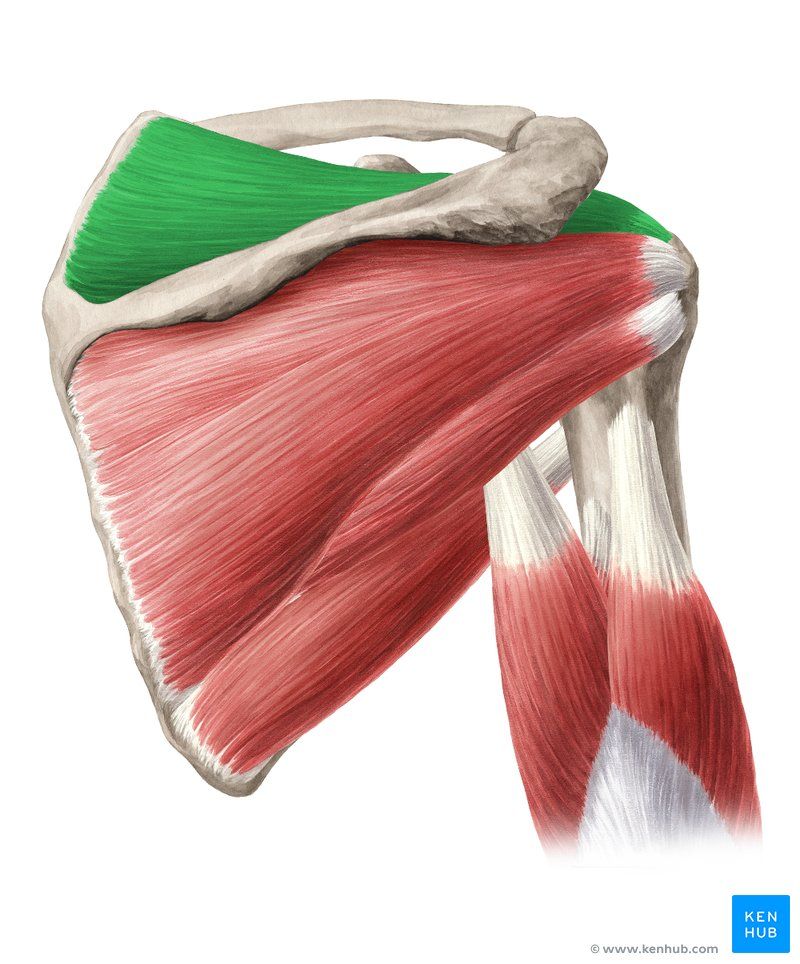
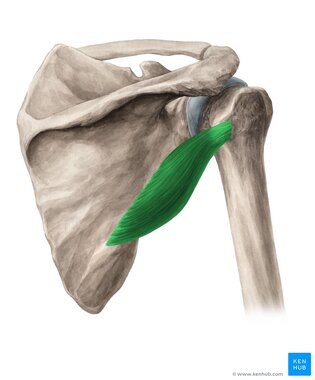
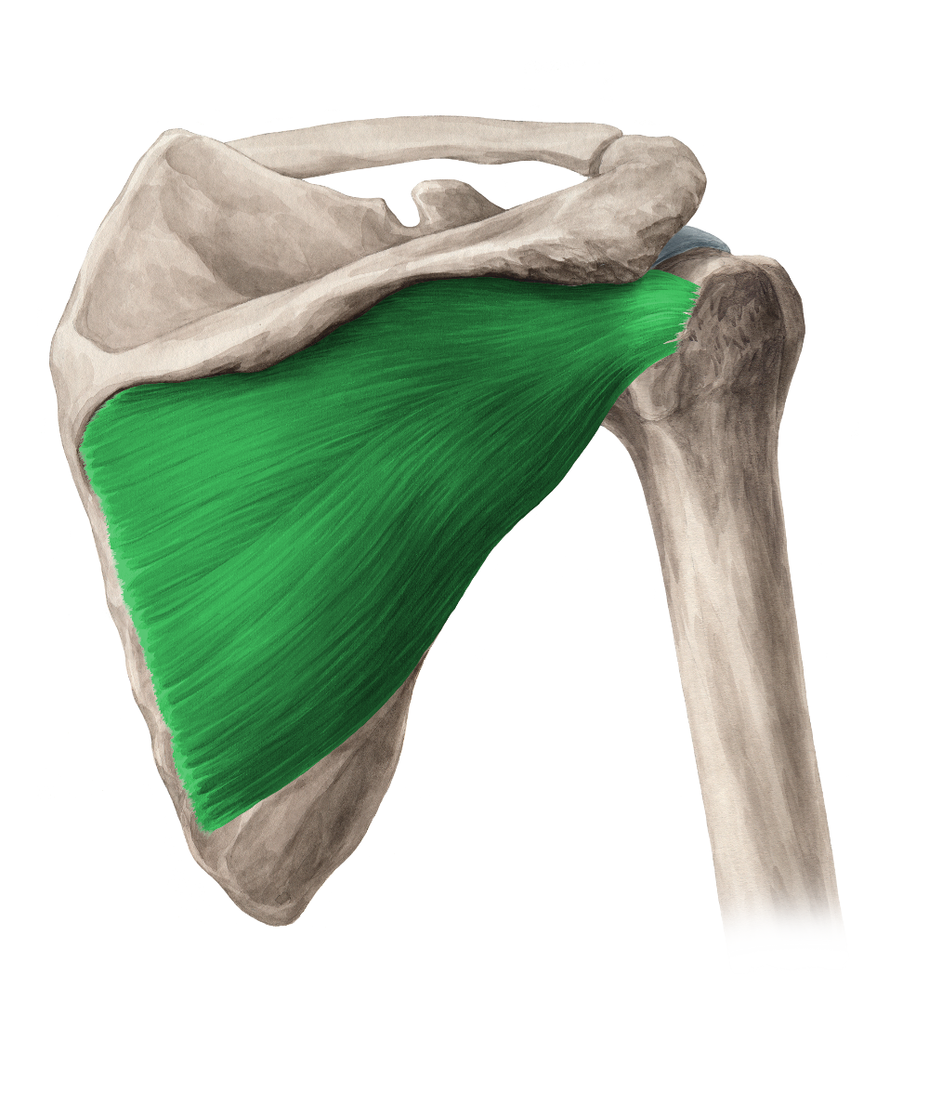
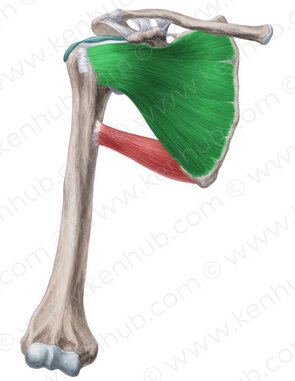
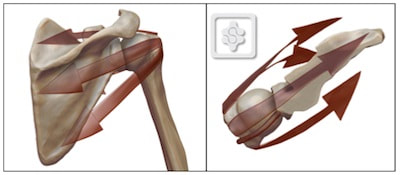
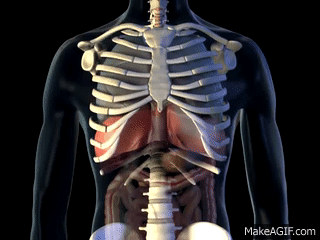
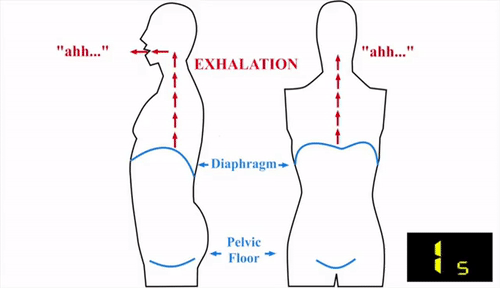
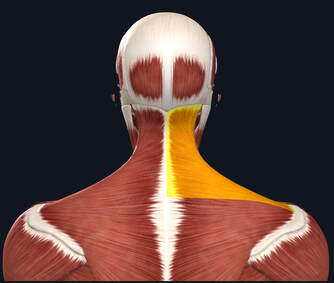
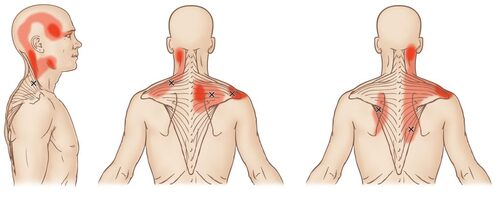
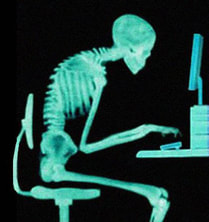
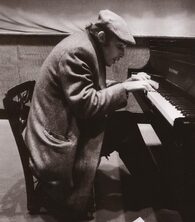
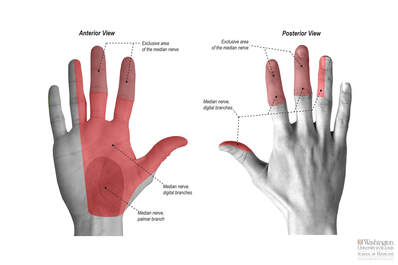
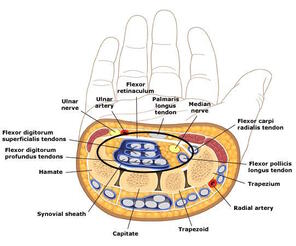
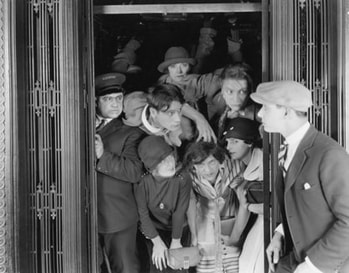
 RSS Feed
RSS Feed